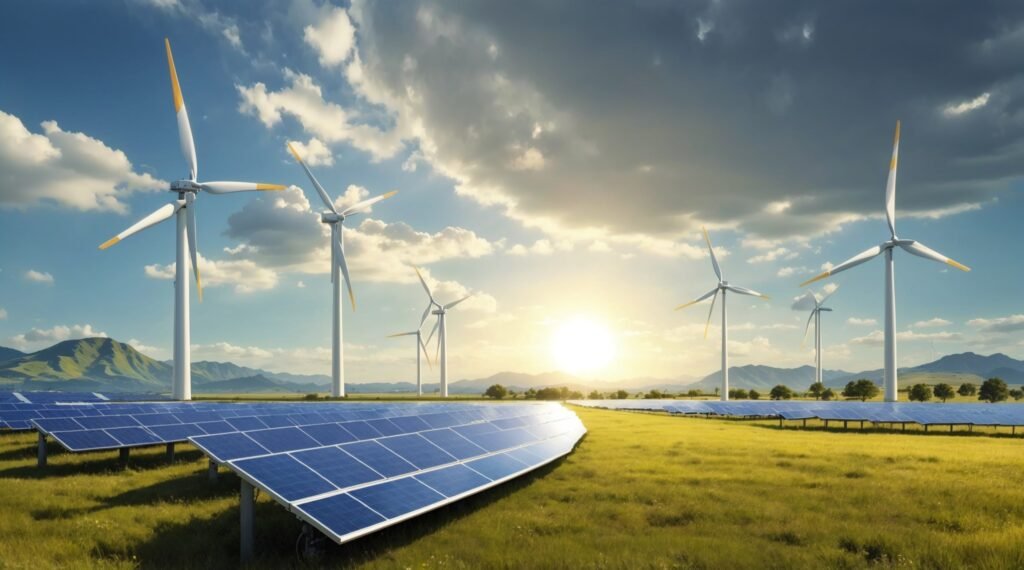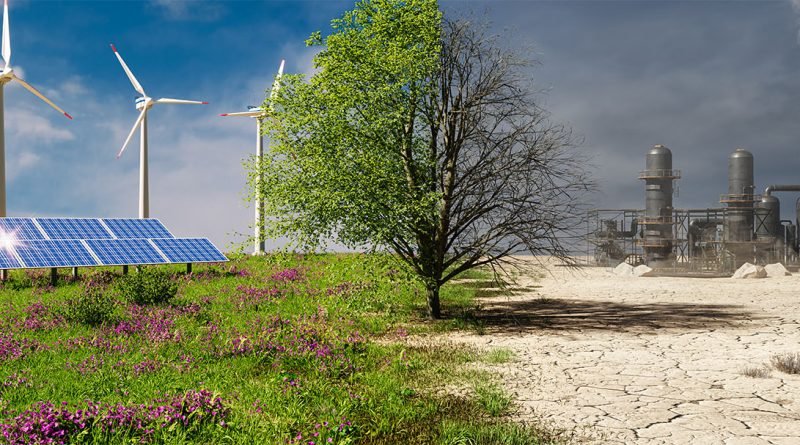Discover the potential of green hydrogen as a clean energy source. Learn about its production, benefits, and role in a sustainable future.
Introduction
As the world seeks sustainable energy solutions, green hydrogen has emerged as a promising clean energy source. Produced using renewable energy, green hydrogen offers a carbon-free alternative to traditional fossil fuels. This article explores the potential of green hydrogen, its production methods, benefits, and its role in a sustainable future.
1. What is Green Hydrogen?
Green hydrogen is hydrogen gas produced through the electrolysis of water using renewable energy sources like solar, wind, and hydroelectric power. Unlike grey or blue hydrogen, green hydrogen is produced without emitting carbon dioxide, making it a truly clean energy source.
2. How is Green Hydrogen Produced?
The production of green hydrogen involves several key steps:
- Electrolysis: Water is split into hydrogen and oxygen using an electric current. Renewable energy sources power this process, ensuring no carbon emissions.
- Renewable Energy Sources: Solar panels, wind turbines, and hydropower plants generate the electricity needed for electrolysis.
- Storage and Transport: Hydrogen is stored and transported in pressurized tanks or through pipelines, ready for use in various applications.
3. Benefits of Green Hydrogen
Green hydrogen offers numerous advantages:
- Zero Emissions: The production and use of green hydrogen produce no carbon emissions, making it an environmentally friendly energy source.
- Versatility: Hydrogen can be used in various sectors, including transportation, industry, and power generation.
- Energy Storage: Green hydrogen can store excess renewable energy, providing a solution for energy intermittency issues.
4. Applications of Green Hydrogen
Green hydrogen has diverse applications:
- Transportation: Hydrogen fuel cells power vehicles, offering a clean alternative to gasoline and diesel engines. Learn more about hydrogen fuel cell vehicles
- Industry: Hydrogen is used in industrial processes like steel production, reducing carbon emissions in heavy industries.
- Power Generation: Hydrogen can be used in power plants to generate electricity, supporting the transition to renewable energy grids.
5. Challenges and Solutions
Despite its potential, green hydrogen faces challenges:
- Cost: Producing green hydrogen is currently more expensive than fossil fuels. However, costs are expected to decrease with technological advancements and economies of scale.
- Infrastructure: Developing infrastructure for hydrogen production, storage, and distribution is crucial. Investment in pipelines, storage facilities, and refueling stations is necessary.
- Efficiency: Improving the efficiency of electrolysis and fuel cells is essential to maximize the benefits of green hydrogen.
6. The Future of Green Hydrogen
Green hydrogen is poised to play a significant role in the global energy transition:
- Policy Support: Governments are implementing policies and incentives to promote green hydrogen development. Read about global hydrogen policies
- Technological Innovation: Ongoing research and innovation are improving the efficiency and cost-effectiveness of green hydrogen technologies.
- Collaborations: Partnerships between governments, industries, and research institutions are accelerating the adoption of green hydrogen.
Conclusion
Green hydrogen represents a promising solution for achieving a sustainable, carbon-free future. With ongoing advancements in technology and increased policy support, green hydrogen is set to become a cornerstone of the global clean energy landscape. By investing in green hydrogen, we can pave the way for a more sustainable and resilient energy future.
Stay updated on the latest developments in green hydrogen by subscribing to our newsletter for expert insights and updates!


